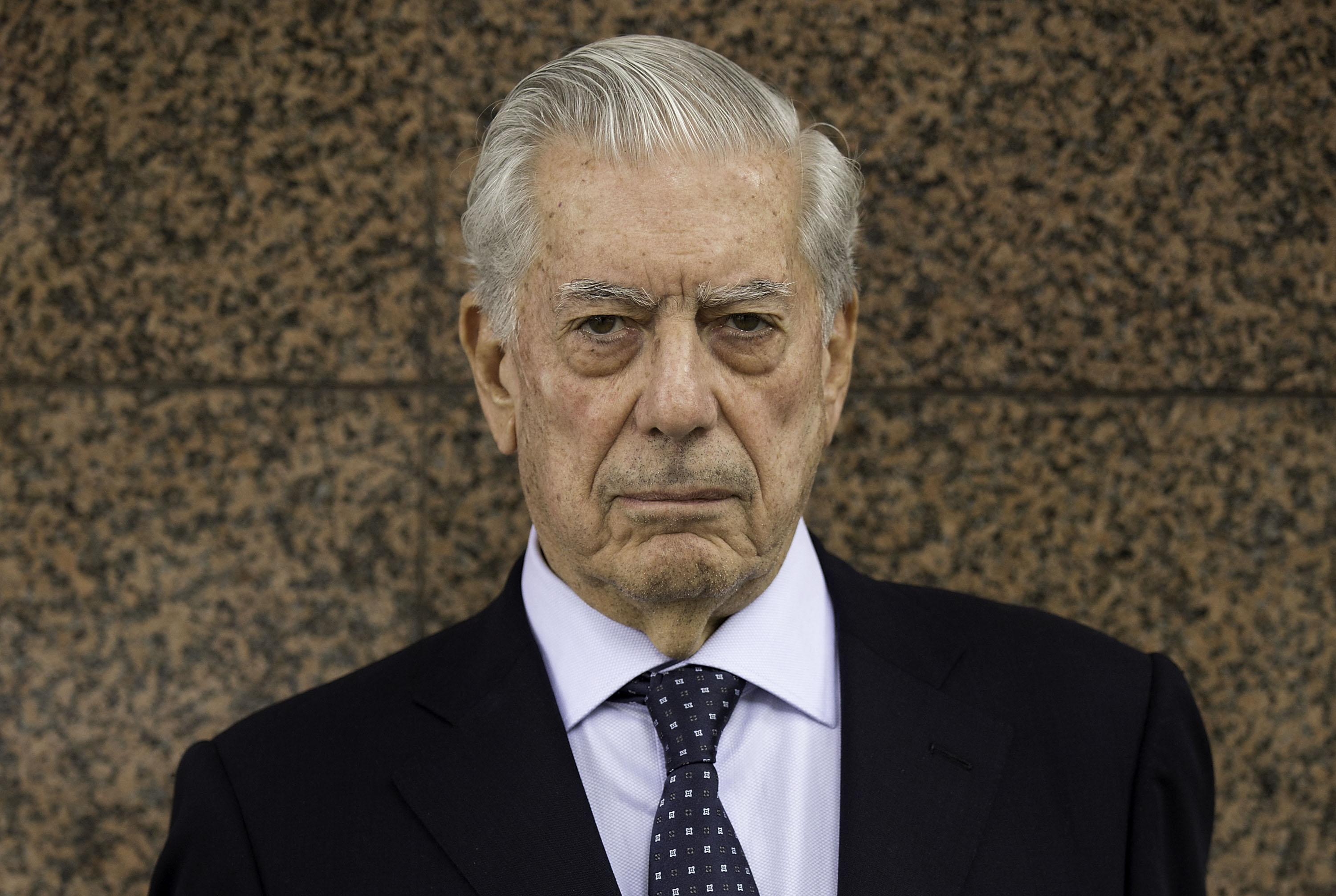On Mario Vargas Llosa and Cusco

Last January 12th of this year, Mario Vargas Llosa was awarded the XII Don Quijote Prize in journalism. His article “Cusco en el tiempo” (Cusco in Time), published one year earlier in El Pais, a leading Spanish paper, relates the impressions of the writer during his visit to Cusco after five years.
For the Nobel Prize winner it was inevitable that he would be captivated by the beauty of the city. As he tells it, Cusco always causes him the same emotion, not just because of the difficulties that being at 3400 meters above sea level provoke, but because of the magic that Cusco holds in its dawns and in its fusion of two worlds, the Prehispanic and the Colonial which are inevitably glued together in the streets of its core and its other main streets.

The novelist and essayist speaks to us of the nostalgia provoked by knowing the city`s history, of knowing about the sacrifice the Andean people were forced to make due to the conquerers’ oppression.
Faithful to his religion, the writer exalts the Andean Barroque Route which includes the churches of Andahuaylillas, Canincuna y Huaro. With great optimism he notes that over five years things have improved a bit in that area. The route now has asphalted roads. The churches are well-preserved and functioning. Furthermore, the Jesuits who are in charge of them do not just carry out maintenance, they also contribute to the development of the society with schools, workshops, and more services that the communities receive as if time had congealed in those places.
The writer also recognizes the art of the churches and their Andean essence which is inherent in Cusco’s art. It is found in all expressions, not just in paintings or sculptures. In the dances you also find manifested Cusco’s mixing of Spanish and Incan, its manifest mestizaje, even though the guides exaggerate a bit or they try to argue for a folklore that comes down from the times of Pachacutec.

For the writer, many things have changed in Cusco since the last time he was here, five years ago. It seems to him this city has been run over by the dominant modernity that brings with itself tourism and the necessities of giving services to the tourists. And it is not without consequence that he notes this. We in Cusco also note these changes in something so simple as the cost of life.
Vargas Llosa reminds us in his article of the great Cusco writer, Uriel García and his essay “La caverna de la nacionalidad” (The cave of nationality), where the writer from Cusco speaks about our chicherías as those rustic places that are characterized by having a wood burning stove and wall stained with smoke, where in those years they served the most popular spicy concoctions, the picantes, and the chichas so well fermented that they made the diners drunk. There is where, according to García was forged the “New Indian”.
The Nobel honoree is not entirely wrong. In Cusco, the last years have brought many changes, maybe more than before. We can imagine the surprise of the writer when he found our picturesque main square filled with franchises such as Starbucks and McDonalds among others. But the chicherías are not as confined as he would believe.
There is a strong resistance. There have been efforts to abolish the chicherías. Lamentably, the writer did not find our words and our paths about chicha which we have defended in this page. The chicherías are still there, where they belong, not far from the main Plaza of the city and even in the Colonial Core. They are in the city’s heart. Of course their service is not directed towards tourists.
Vargas Llosa also writes an elegy to the Quechua of Cusco and to its Spanish, both of which are spoken in these lands of the Sun. He also remembers the Inca Garcilaso de la Vega. The article, filled with Nobel Laureate’s prose, is an elegy for the City of Cusco, but it shows that the culture is ample and there are places the write missed in his visit to our Cusco.




